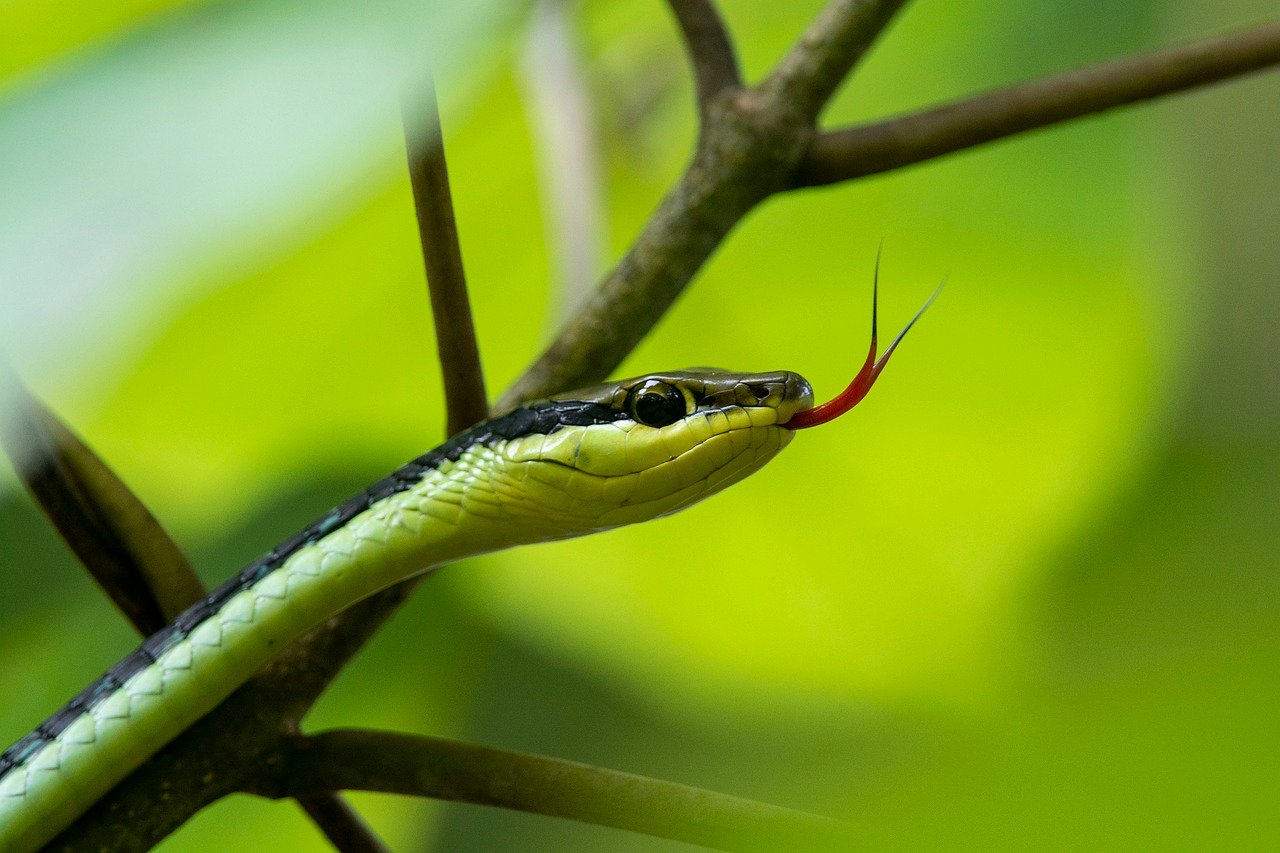Owning a pet snake is a unique and exciting experience, offering companionship and fascination in equal measure. However, choosing the right snake is crucial to ensuring a harmonious relationship between you and your slithery friend. With countless species available, each with its own characteristics and requirements, the decision can seem overwhelming. But fear not! This guide will help you navigate through the process, offering insights and advice to find the perfect snake companion for you.
Understanding Your Commitment
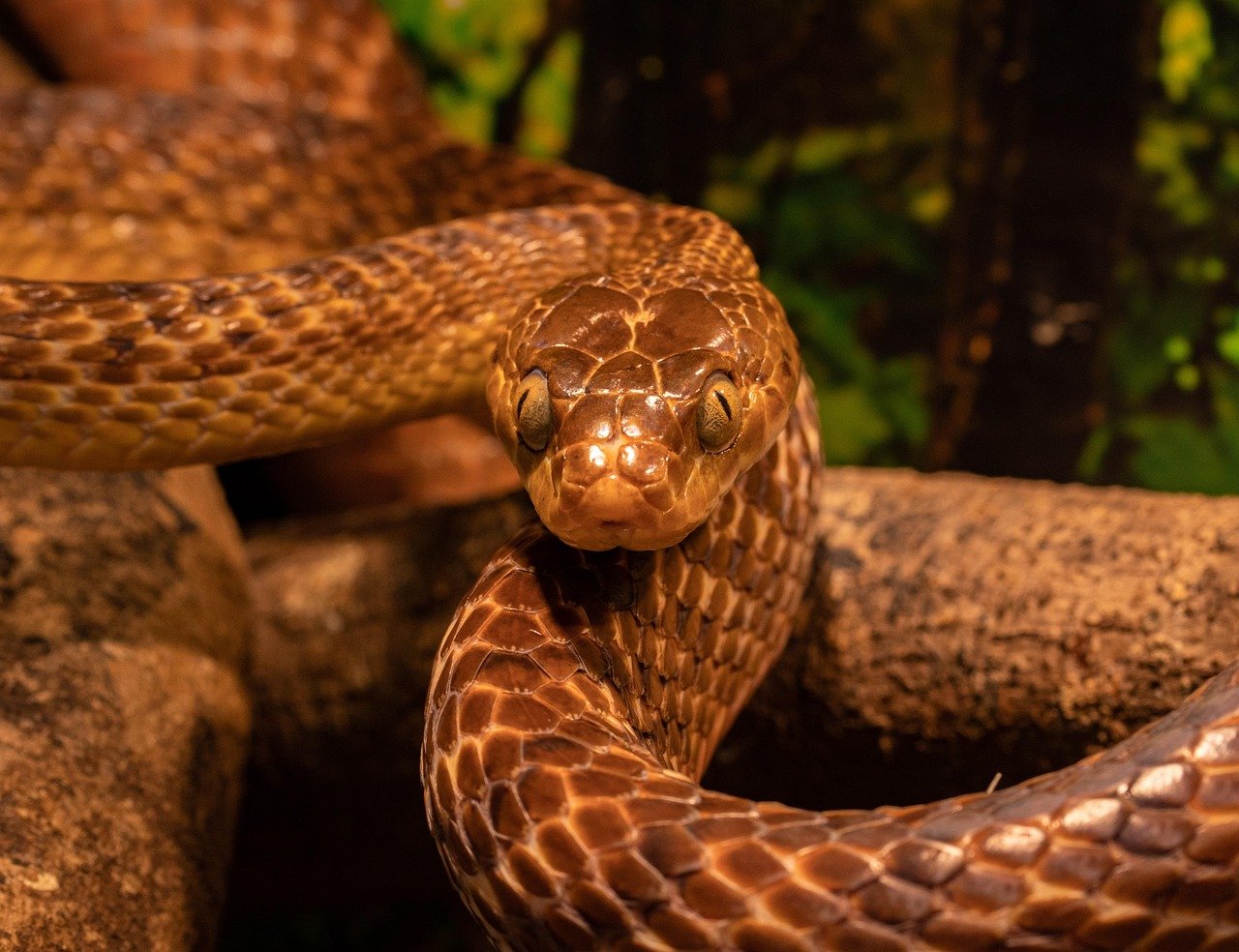
Before diving into the world of snakes, it’s essential to recognize the commitment involved. Snakes can live for many years, with some species thriving for over two decades. They require regular feeding, environmental maintenance, and attention to their health. Consider whether you have the time, resources, and willingness to meet these needs. Owning a snake is not just a hobby; it’s a long-term relationship. Much like nurturing a garden, the care you provide will directly affect your snake’s well-being.
Assessing Your Experience Level
Your experience with reptiles will significantly influence your choice of pet snake. If you’re a beginner, you might want to start with a species known for its docile nature and straightforward care requirements. Corn snakes and ball pythons are popular choices for beginners due to their manageable size and gentle demeanor. Experienced snake keepers might opt for more challenging species, like the green tree python or boa constrictor, which require specific environmental conditions and handling expertise. Evaluate your comfort level and expertise before making a decision.
Considering the Size and Space
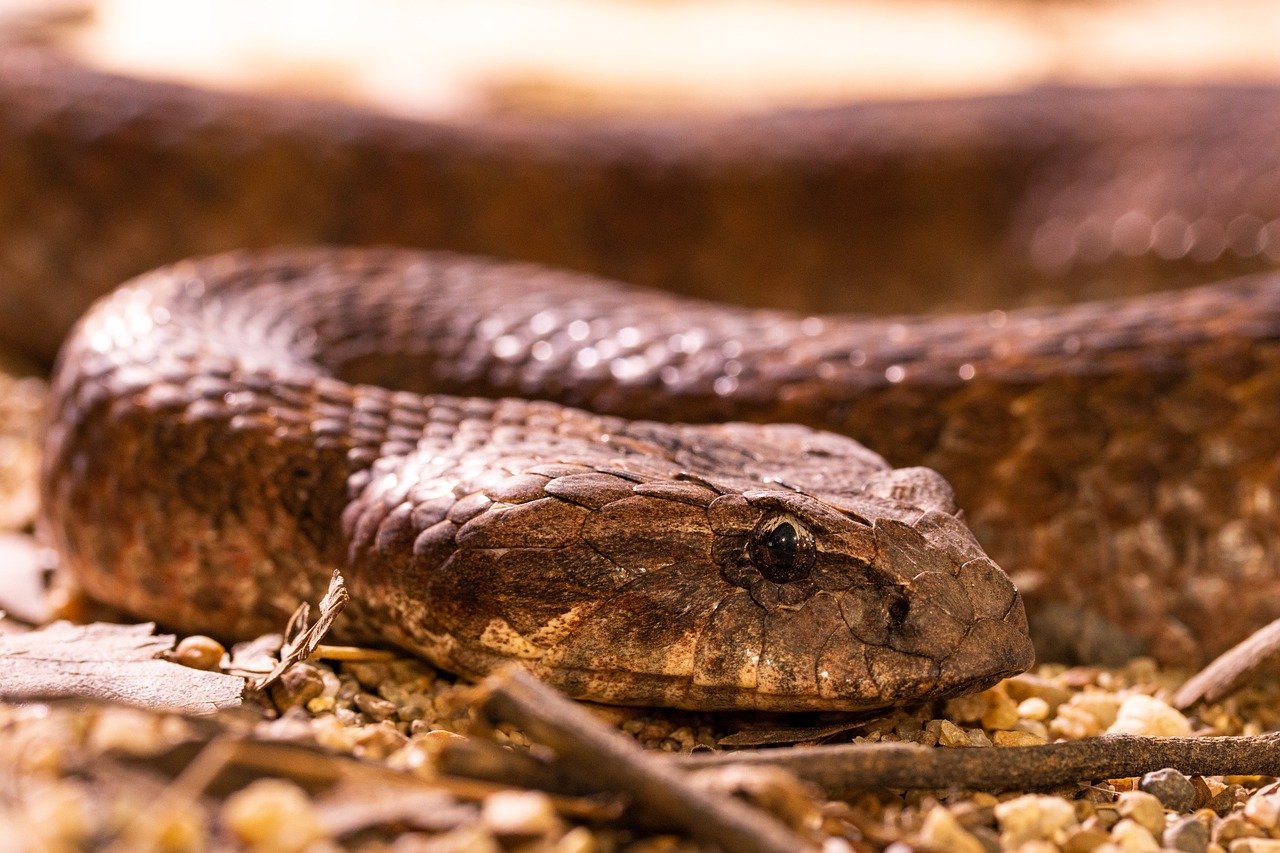
The size of your chosen snake will determine the space it needs. Some snakes, like the garter snake, remain relatively small and are suitable for limited spaces, while others, such as the reticulated python, can grow to impressive lengths and require substantial enclosures. Think about the space you have available and whether it can accommodate the needs of the species you’re considering. Remember, a cramped environment can lead to stress and health issues for your snake, much like how we feel when confined to small spaces.
Researching Temperament and Handling
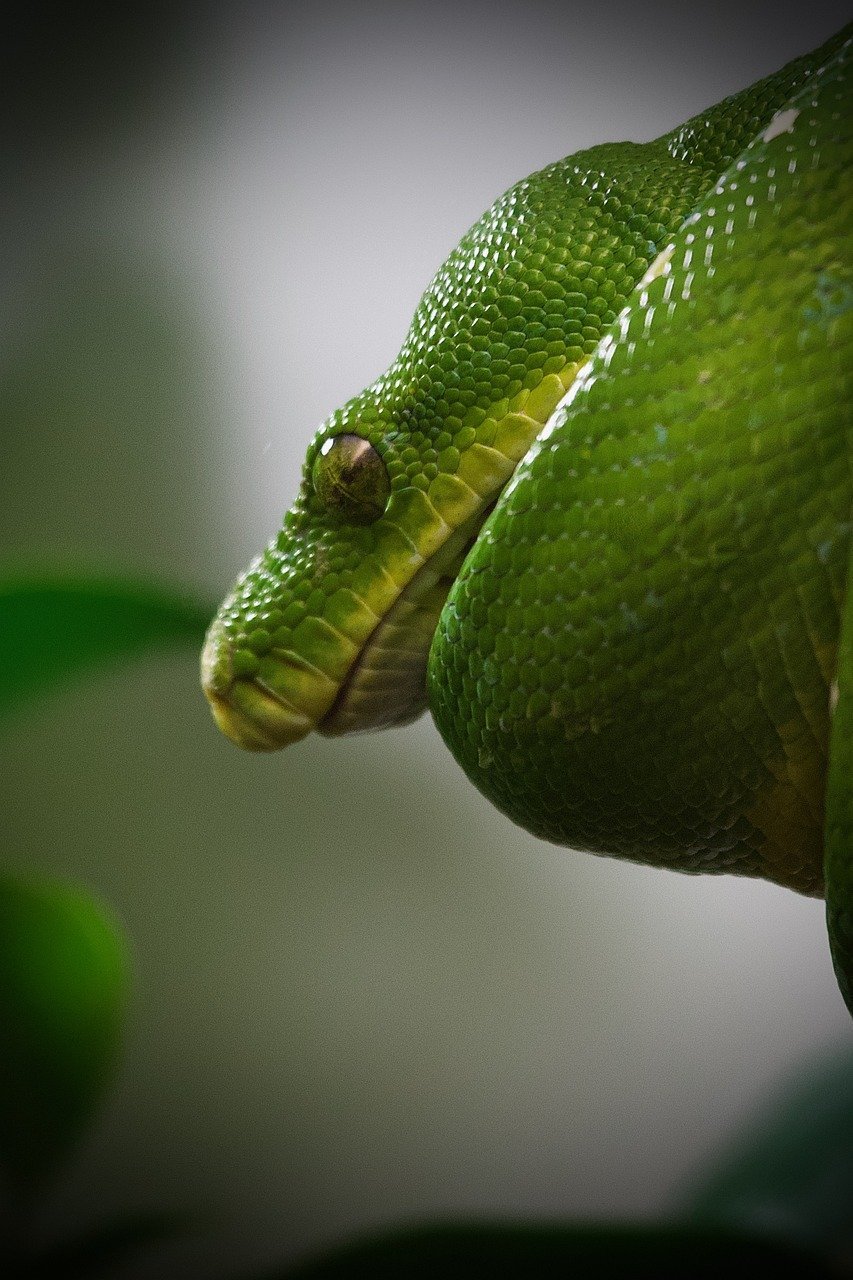
Different snake species exhibit varying temperaments, and understanding these can help you choose a snake that matches your expectations. Some snakes are more tolerant of handling, making them ideal for interaction, while others might be more reserved and prefer minimal contact. For instance, king snakes are known for their curious and friendly nature, whereas some milk snakes can be more skittish. Consider how much interaction you want with your pet and choose a species that aligns with your preferences.
Evaluating Feeding Requirements
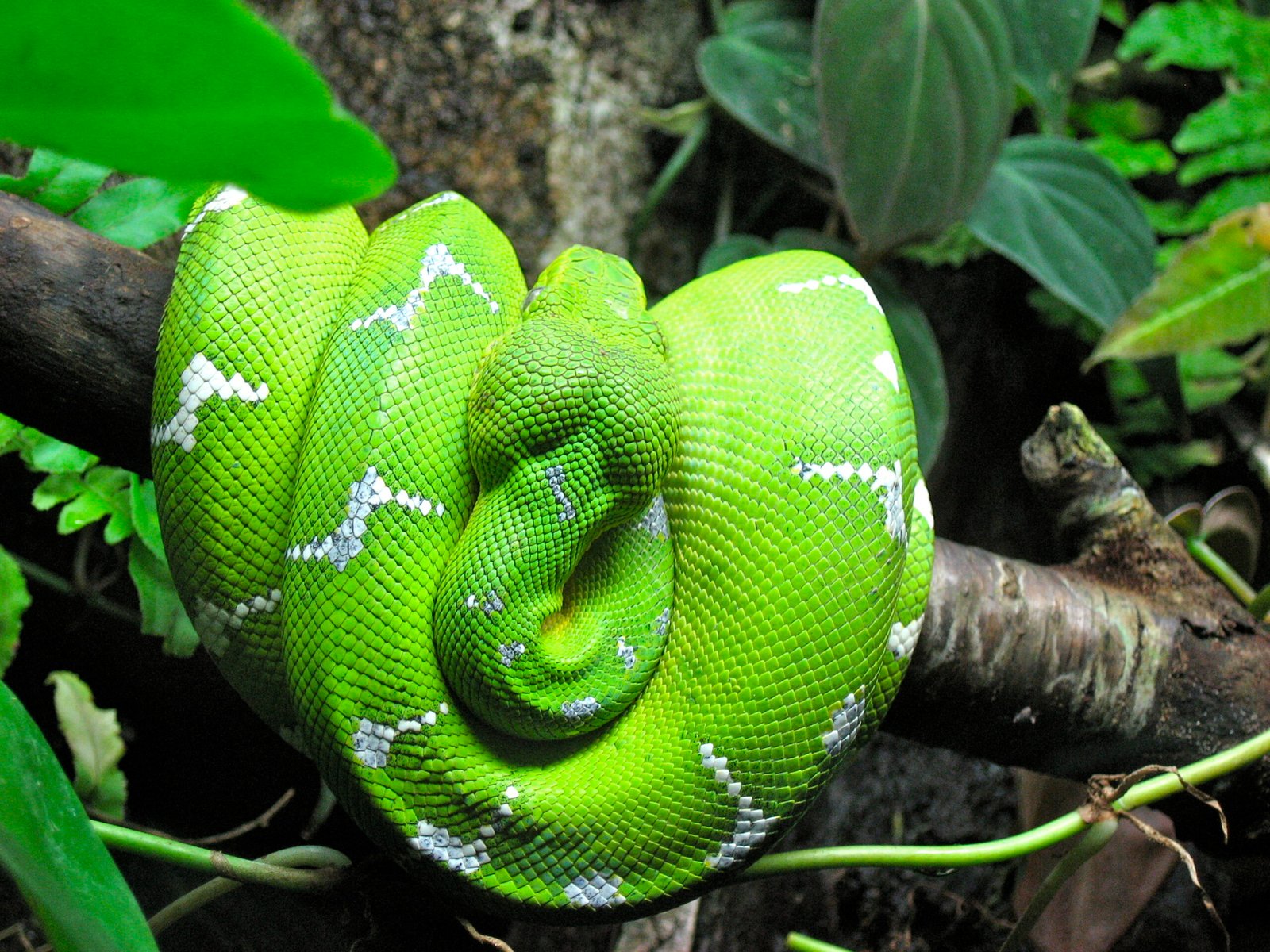
Feeding is a critical aspect of snake care, and different species have varied dietary needs. Some snakes, like the corn snake, thrive on a diet of rodents, while others may require more specialized food. Consider whether you’re comfortable with the feeding process, as it often involves live or frozen prey. Additionally, the frequency of feeding can vary; some snakes eat weekly, while others may only require feeding every few weeks. Ensure you’re prepared to meet these dietary needs consistently.
Understanding Legal and Ethical Considerations
Before acquiring a pet snake, it’s important to research the legal and ethical considerations involved. Some species may be restricted or require permits in certain areas. It’s your responsibility to ensure compliance with local regulations. Moreover, consider the ethical implications of your choice. Opt for captive-bred snakes rather than wild-caught ones, as this supports conservation efforts and reduces the impact on natural populations. Being informed and responsible in your choice benefits both you and the broader ecosystem.
Setting Up the Ideal Habitat

Creating the right habitat for your snake is vital to its health and happiness. Consider the specific environmental needs of your chosen species, including temperature, humidity, and lighting. Snakes like the ball python require warm, humid environments, while others may need cooler or drier conditions. Invest in a proper enclosure and the necessary equipment to maintain these conditions. Think of it as designing a cozy home for your snake, where it can thrive and feel secure.
Budgeting for Your Pet Snake
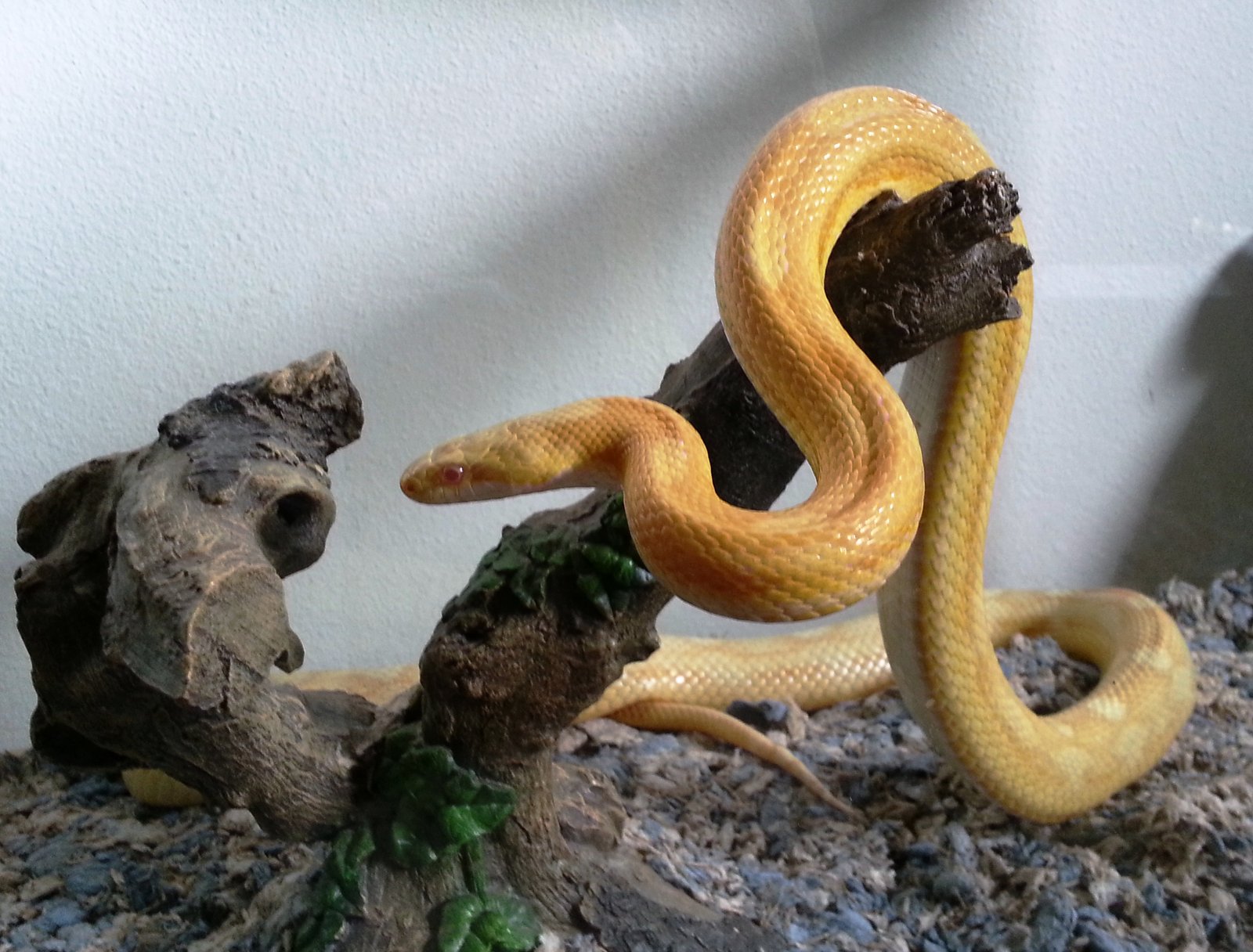
Owning a pet snake involves financial considerations beyond the initial purchase price. You’ll need to budget for the enclosure, heating elements, food, and potential veterinary care. Some species may require more specialized equipment or diets, impacting your overall expenses. It’s essential to be realistic about the costs and ensure that you’re financially prepared to provide the necessary care throughout your snake’s life. Just like planning for a vacation, careful budgeting ensures a smooth and enjoyable experience.
Preparing for the Arrival of Your Snake
Once you’ve selected your snake, it’s time to prepare for its arrival. Ensure the enclosure is set up and functioning correctly, with the necessary temperature and humidity levels. Gather the necessary supplies, such as substrate, hides, and feeding tools. Educate yourself on the specific care requirements of your snake, so you’re ready to provide the best possible environment. Welcoming a snake into your home is like hosting a special guest; preparation ensures a smooth and positive transition.
Choosing the best pet snake for you is an exciting and rewarding process, filled with opportunities to learn and grow. By considering factors such as commitment, experience, space, temperament, feeding, legalities, habitat, budget, sourcing, and preparation, you’ll be well-equipped to make an informed decision. With the right choice, you’ll embark on a fascinating journey with your new reptilian companion, enjoying years of companionship and discovery.

Andrew Alpin from India is the Brand Manager of Doggo digest. Andrew is an experienced content specialist and social media manager with a passion for writing. His forte includes health and wellness, Travel, Animals, and Nature. A nature nomad, Andrew is obsessed with mountains and loves high-altitude trekking. He has been on several Himalayan treks in India including the Everest Base Camp in Nepal.

